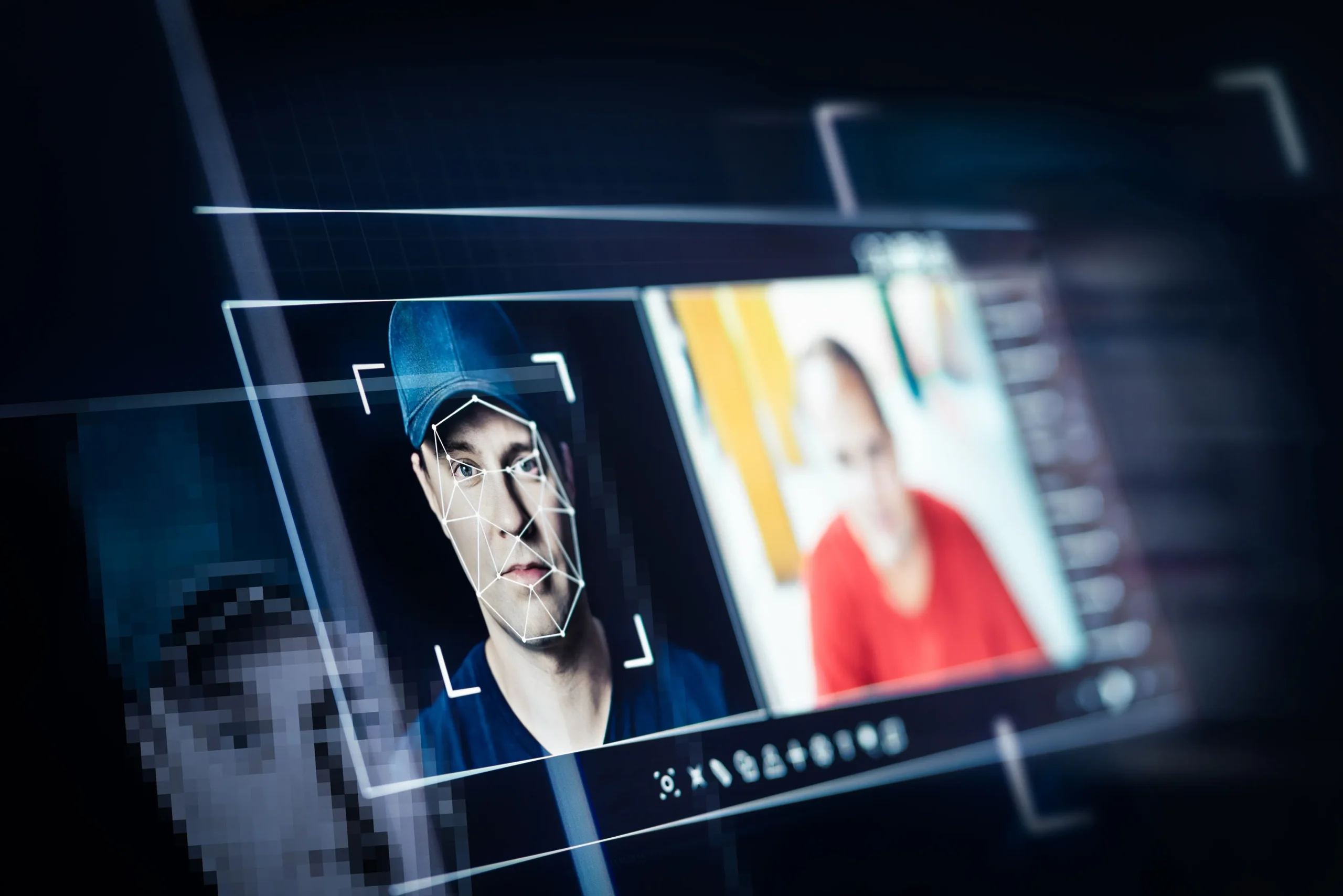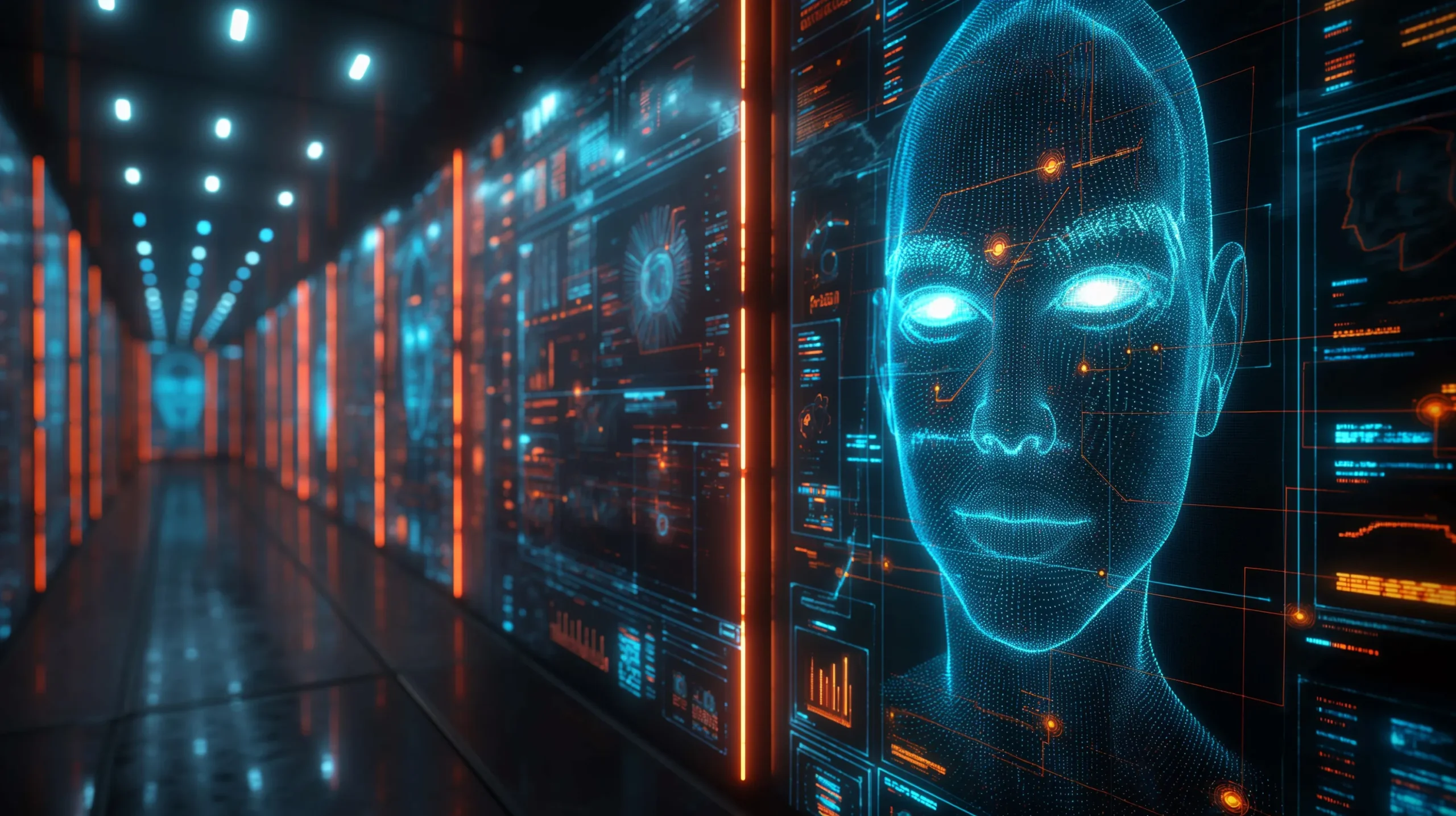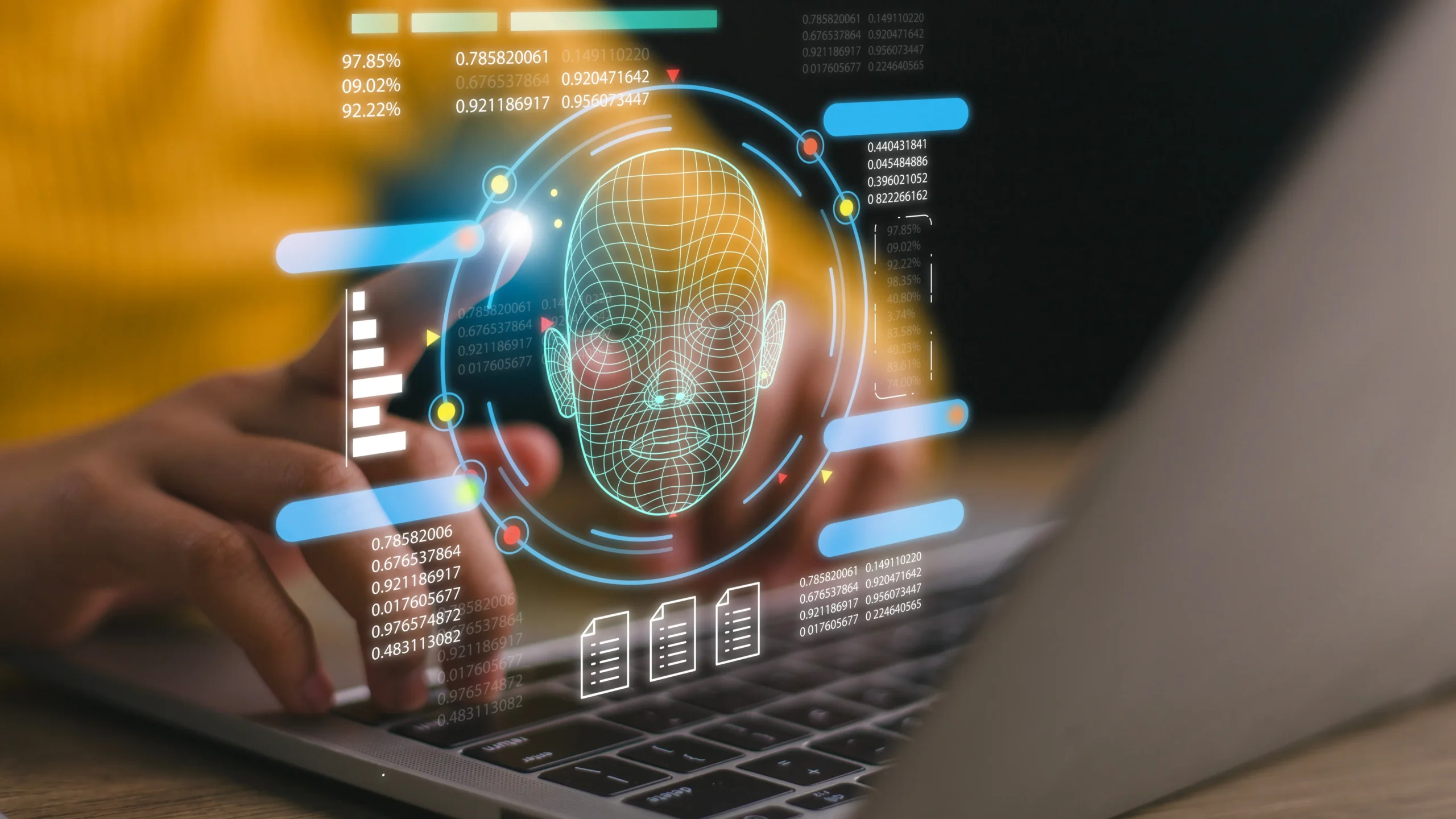Deepfake Detection with AI
TrustCloud enhances its identification solutions with an early detection feature for deepfakes.

This technology seamlessly integrates into the TrustCloud platform, playing a crucial role in both real-time identification processes and retrospective data analysis.
Its scope encompasses both image and video manipulation, backed by a team of experts in artificial intelligence and cybersecurity who constantly work to understand the latest trends and techniques in deepfake generation.


Transparency
The process is always carried out with the prior informed consent of individuals regarding the use of their biometric information.
Seamless Integration
Within complex transactions, ensuring that the automatic detection of deepfakes becomes an essential part of the security of digital identification procedures, offering an additional level of trust.

Benefits

Avoids impersonations in various contexts: Ensures that individuals verify their identity legitimately, thereby preventing unauthorized or fraudulent access to accounts and services.
Reduces the risk of corporate manipulation (CEO fraud): Identifies and blocks attempts to use deepfakes to deceive employees and carry out fraudulent transactions on behalf of colleagues or superiors, reinforcing financial security and protecting the company's assets.
Ensures the confidentiality of transactions: By preventing identity theft, TrustCloud ensures that electronic transactions are conducted by legitimate account holders, thus safeguarding financial security and user privacy.
Protects the reputation of individuals and companies: Prevents the use of deepfakes to defame or harm the reputation or undermine the values of companies.
Strengthens KYC and KYB processes: Ensures that customer and business identification and verification are carried out accurately and reliably. This is essential in highly regulated sectors, such as financial services and insurance, where identity authentication is key to regulatory compliance and fraud prevention.
What is a deepfake?
The term “deepfake” comes from the combination of “deep learning,” referring to the use of deep neural networks in artificial intelligence, and “fake,” indicating that the resulting content is fictitious or deceptive. These manipulations can include face swapping in videos, modification of facial expressions, voice imitation, and other effects that can make the content appear authentic and realistic.
Types
Non-Physical Faces - Pre-recorded Images or Videos
In this type of deepfake, a static image or pre-recorded video is presented to the camera instead of a physical face in real-time.
Generative Adversarial Networks (GAN)
GAN technology is widely used in generating deepfakes. Through GANs, a generator is trained to create realistic faces by learning from large datasets of human faces. The discriminator attempts to distinguish between real and fake images. As both networks are trained, the generator improves its ability to create realistically looking images, and the discriminator becomes more effective at detecting forgeries. This competition between the two networks allows deepfakes to become increasingly convincing.
Recreation of a Real Face
Visual information of the target person is captured, covering a variety of facial expressions and movements to achieve a complete and authentic representation. Distinctive facial features from the captured images are analyzed and extracted to generate a three-dimensional model of the real face. Finally, the 3D model is animated to realistically replicate the facial expressions and movements from the original images.
Synthetic Creation
A combination of facial features from different individuals. These features are used to form a completely new, synthetic image. The generation of this image can be carried out using generative techniques such as generative adversarial networks (GANs) or other similar methods. Additional adjustments are made to enhance the coherence and realism of the image, which may include applying textures, correcting details, and animation.
Masks
Handcrafted analog methods, such as the use of cardboard or latex masks that allow eye movement in front of the camera to pass life detection tests.





















